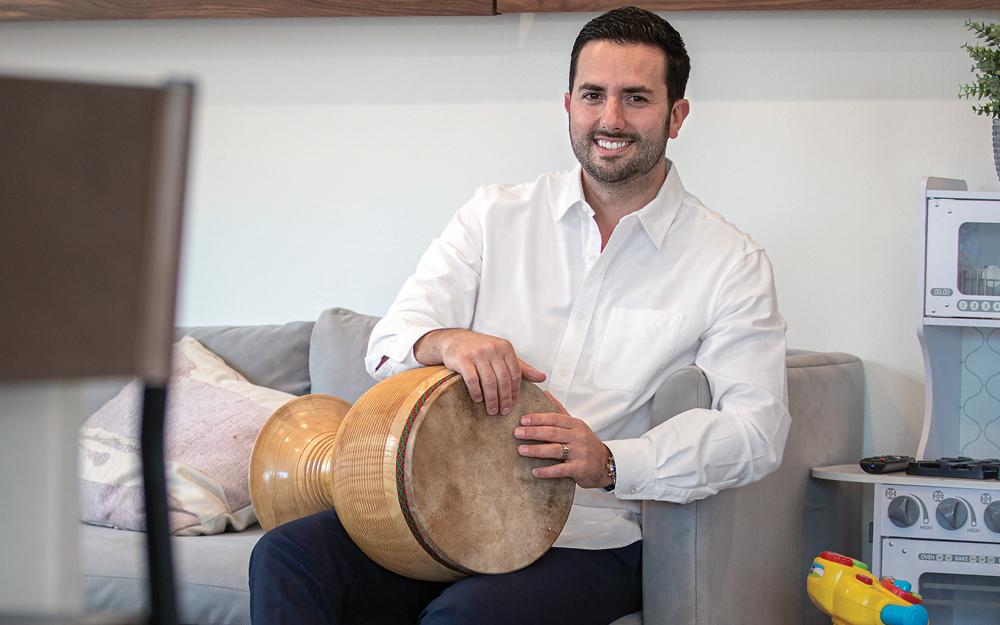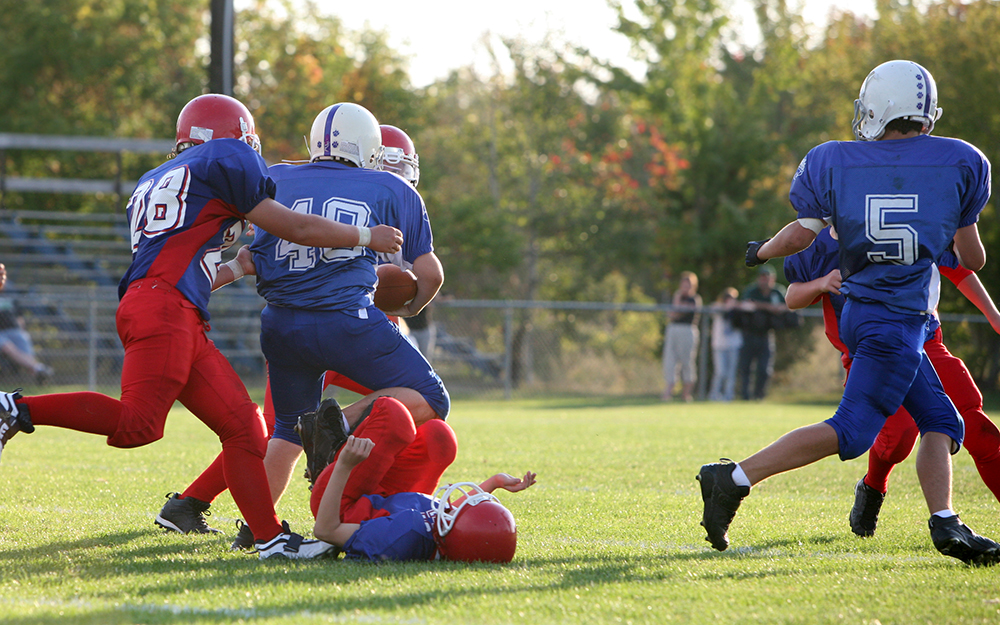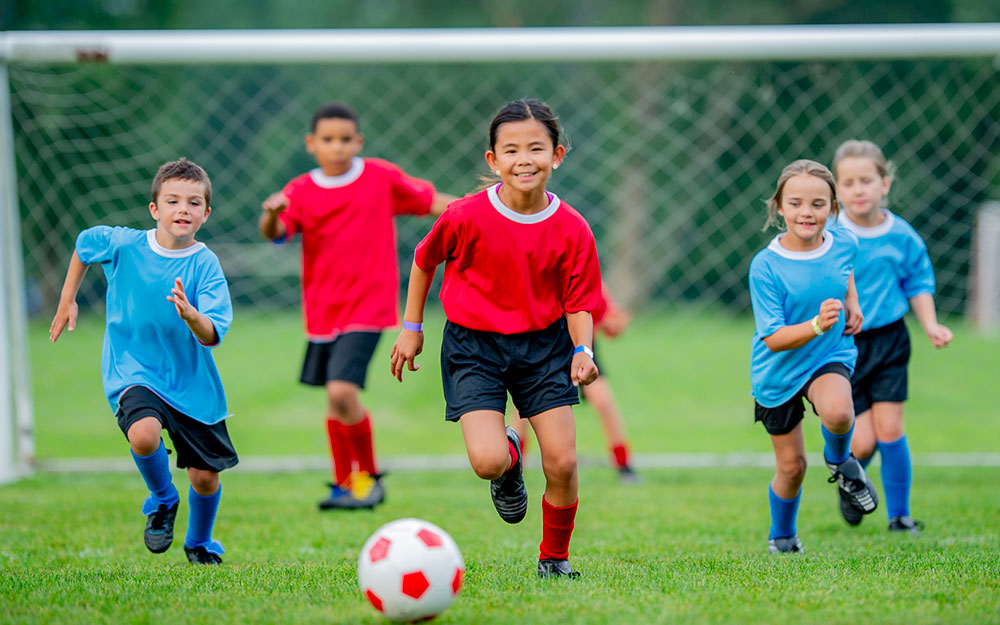The Risks of Early Sports Specialization
Date
January 1, 2025

Date
January 1, 2025
Credits
Medical providers featured in this article

In Brief
{{cta-block}}
We all know sports can have a positive effect on our kids. In a time when obesity is on the rise among the young, it is heartening to note 45 million children in the U.S. play organized sports, and 75% of American families have at least one child athlete at home.
The benefits of sports for children include learning how to be part of a team and developing self-esteem along with leadership, communication and time-management skills. Playing sports also can help kids improve their academic achievement in high school and college.
Yet, as a healthcare provider to athletes of all ages and stages in life, I have witnessed a disturbing trend: an overemphasis on young athletes specializing in a single sport. There’s even a term for this: early sport specialization, or ESS. The American Orthopaedic Society for Sports Medicine defines ESS as "intensive training or competition in organized sport by prepubescent children (under 12 years of age) for more than eight months per year, with a focus on a single sport to the exclusion of other sports and free play."
{{providers}}
The prevailing wisdom on ESS from nearly every medical association is that it can have a dangerous, damaging and lasting negative impact on kids’ physical, emotional and mental health, as well as on their long-term athletic development. The physical risks to children often involve overuse injuries, which, according to scientific data, occur more frequently in youth athletes who sport-specialize. Research also indicates sport-specialized young athletes display weakness in certain core muscles that may lead to significant acute musculoskeletal injuries, such as ACL tears.
The mental, social and emotional dangers of too-early sport specialization can include social isolation from peers outside of the emphasized sport, along with overall sports burnout and psychological vulnerability.
So, how can parents and coaches help protect the long-term development of young athletes? First, it is crucial to encourage children to develop their own intrinsic motivation to play sports. Exposing children to a wide array of activity options is a fantastic way to do that. It also encourages the positive aspects of trying new things and taking healthy, age-appropriate risks.
Parents should also be sure to evaluate sports programs that strike an appropriate balance between the technical demands of the sport and the right skill level for the athlete’s age. The focus for parents and coaches of young athletes should always be on the effort the child is putting in, not the outcome. Finally, taking time off from dedicated sports activities should be prioritized for the physical and mental health of the child.
The prevailing sentiment among pediatric healthcare providers is that we can’t treat kids like mini-adults. Yet, a focus on ESS often does just that. Adults should view the growth and developmental stages of youth and adolescence as sacred—areas that we, as healthcare providers, parents and coaches, should want to protect fiercely. To safeguard all of our youth, let’s work as a team to resist the unhealthy pressure of early sport specialization.
Let kids be kids, and let them play.





